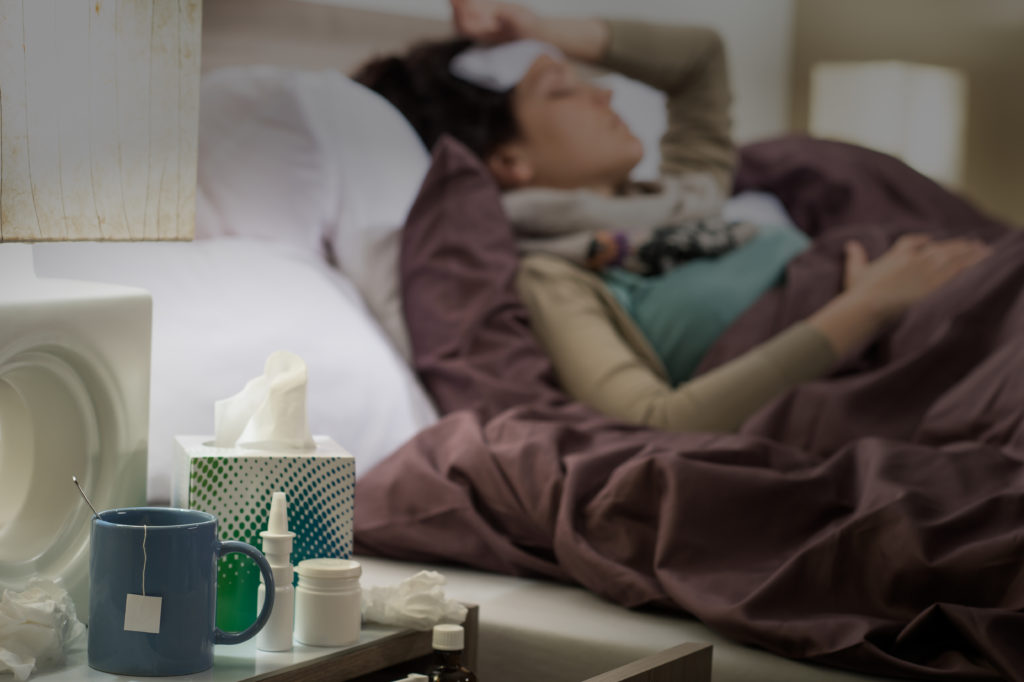Placed on the frontline during the COVID-19 pandemic, urgent care centers have had a busy time. They have had to change their operations in order to adjust to the new times, which saw an increase in the number of patients, both new and existing, who sought on-demand care.
Development of New Protocols
Due to the fast-spreading nature of the COVID-19 virus, urgent care centers have had to develop new protocols for how they deal with issues. These include the process that someone goes through from the moment they arrive at the center to when a professional looks at them. The time from arrival to evaluation has seen a decrease in a bid to keep the areas less populated at any time and therefore curtail the spread of contagious diseases, at least to some extent. With the statute of limitations for filing claims of nursing home neglect standing at three years, it’s good to expedite the care process for urgent cases so there’s ample time to deal with issues like this.
Increased Use of Technology
As the world is headed in a digital direction, and with the pandemic sweeping the globe, it has become important to use technology in order to keep face to face interaction at a minimum. This is seen in instances like having people call in before they physically go to any care center. Telehealth has seen options that include voice calls and even video calls made by concerned citizens and patients. Depending on their situation, urgent care will decide whether they need to send them to a lab or ask them to come in. Because not everyone will need to come to the center, there are smaller crowds at the centers at any given time, making them easier to manage and helping keep contagion low.
New Isolation Methods
About 75% of urgent care clinics have staff that includes a family practice specialist, while 47% have an emergency medicine specialist. This makes it possible to deal with emergency scenarios as they unfold, and during the pandemic, this was given a boost by introducing new methods by which patients are isolated to keep the spread of the COVID-19 virus in check. These methods include having patients enter the facilities at different points from the ones they leave, and taking things a step further to have a different entrance for people who complain of symptoms suspected to be of the virus. This has helped keep potentially ill people separate from those who lack reason to believe they are infected while providing the same level of care to all.
Increased Use of PPEs
While PPEs were still in use before the pandemic, their use has been increased by urgent care centers. As mentioned, these centers are on the frontline and this means that they need to take extra precautions to ensure that their specialists are safe from infection. More PPEs are in use in these centers to ensure the doctors stay healthy enough to attend to patients. Until the situation has been put under control, it will be commonplace to encounter everyone attending to the patients in these facilities in full protective gear.
Deeper Analysis of Patient History
Finally, due to the understanding that some people infected with the COVID-19 virus stay unsymptomatic, it has become important to get a more comprehensive background of the medical history of any patient that shows up for care. A survey done in 2016 said that 75% of the patients in urgent care facilities said they received excellent or good care. This means that a majority of the people visiting these facilities receive a satisfactory quality of care.
It’s important that the people taking care of everyone else stay safe and free from infection. Adjusting to new ways of doing things helps ensure their continued good health, and this is the best way to keep making strides in urgentt care.




